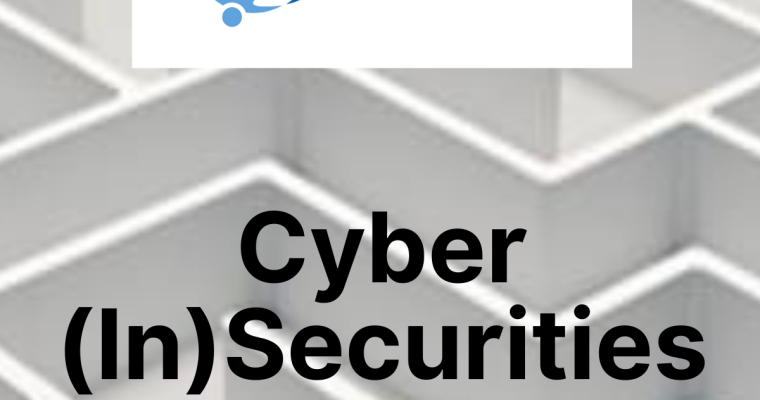Welcome New Member – Amna Almadhoob from Bahrain
Please welcome our newest member from Bahrain, Amna Almadhoob As a leader in the cybersecurity field, specializing in the financial industry, Amna brings extensive experience in defining strategic direction to secure operations, assets, and products against evolving threats. She has a proven track record in …








